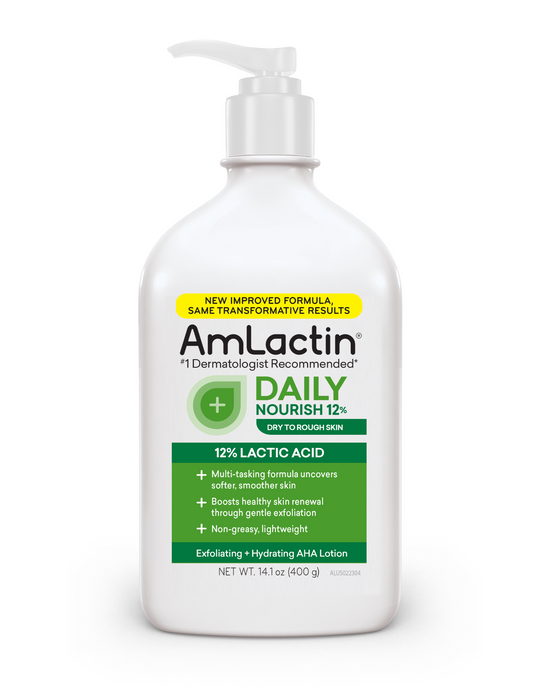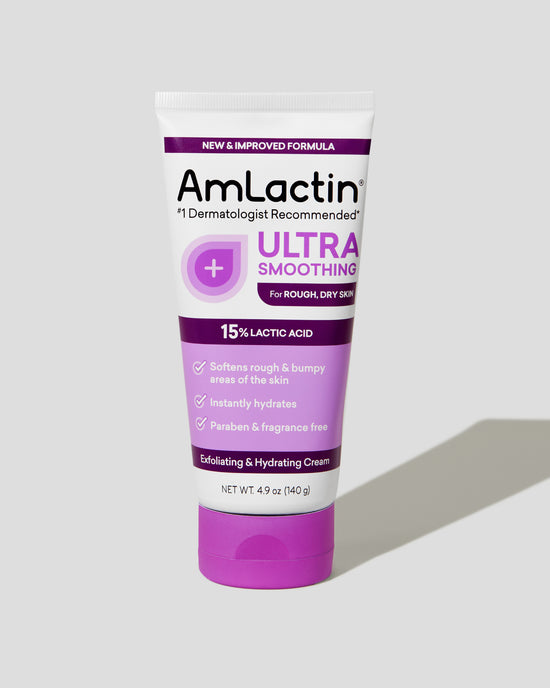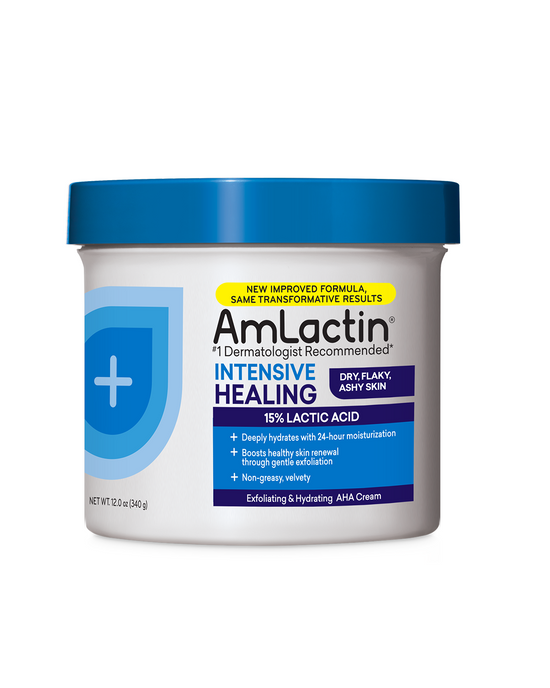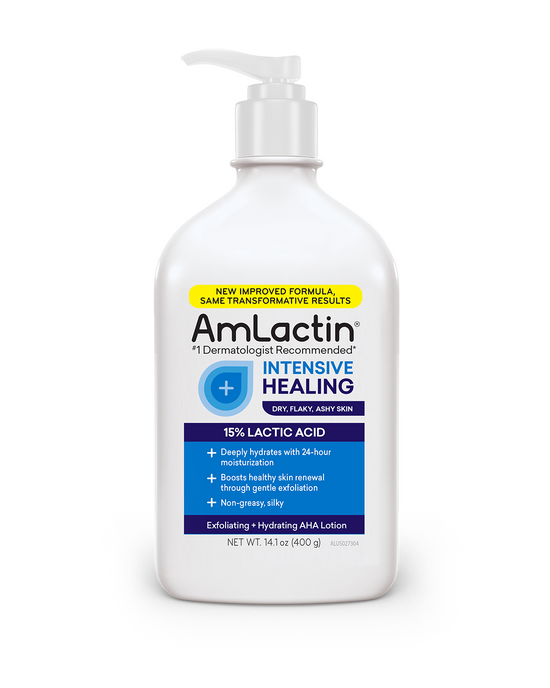Tired of the frustration and self-consciousness that comes with keratosis pilaris (KP)? Our comprehensive guide is your ticket to understanding and managing this benign but sometimes distressing condition.
What is KP?
Keratosis pilaris, commonly referred to as “KP,” “chicken skin,” or “strawberry skin,” can present as patches of harmless, yet pesky, rough, and dry bumps. These bumps, caused by an overproduction of keratin which plug hair follicles. While they might not hurt or always itch, they can be unsightly.
Lifestyle Factors and Their impact on KP
Keratosis pilaris is generally more common in babies, toddlers, children, and teenagers, often worsening around puberty. This condition affects between 50-80% of teenagers, turning formative years into an even bumpier venture. It’s not just age-related—fair-skinned individuals, those with asthma, hypothyroidism, or other skin conditions like eczema or ichthyosis vulgaris are more prone to have KP. Pregnancy can intensify or trigger KP, too, and genes can play a role. If someone in your family has KP, you’re more prone to have it as well.
Tips to Prevent Flare-ups
● Hydration is key – Keep the affected areas hydrated to alleviate any itchiness and dryness. Dry skin can exacerbate keratosis pilaris. For best results, reach for a cream or ointment in lieu of a lotion and use a moisturizer that contains an exfoliating agent like lactic acid.
● Shorter showers, wiser choices – Limit showers and baths to 20 mins or less. Adjust your water temperature to warm or cool, as hot water can contribute to skin dryness.
● Gentle, cleansing rituals – Choose a mild, fragrance-free cleanser instead of bar soaps, alcohol-based toners, or harsh detergent-based cleaners which can have a drying effect.
● Humidify your environment – Indoor heating and air conditioning can be dry and dehydrate your skin. Use a humidifier in your bedroom overnight and any room you spend a lot of time in.
● Be mindful of further irritation – Avoid waxing or shaving skin affected by keratosis pilaris as this can lead to more bumps appearing.
● Hands-off approach – Even though any mark on your skin is likely to draw your attention, try not to pick at your skin. This can make things worse and increase scarring and discoloration. Creating a consistent routine to address KP can make you feel more confident in your skin.
Options for Treatment
Keeping the affected areas hydrated can help minimize the texture and appearance of the bumps. Moisturize right after showering or bathing, while your skin is still damp. Using a moisturizer with lactic acid, like KP Bumps Be Gone, helps to exfoliate while it moisturizes.
You can also try exfoliating with a loofah or other gentle exfoliating scrub product. Be sure to use small, gentle, circular motions, and moisturize after with a product that does not contain exfoliating ingredients.
If your KP doesn’t respond to at-home treatment and is bothersome, it may be time to seek professional help. Don’t be afraid to visit a dermatologist – helping people manage skin conditions is what they do best.
While there’s no cure for keratosis pilaris, improvement can happen gradually with treatment and many see it disappear before age 30. Higher lactic acid concentration products can specifically help combat this common condition through gentle exfoliation of those blocked pores and deep hydration of the usually dry skin.







